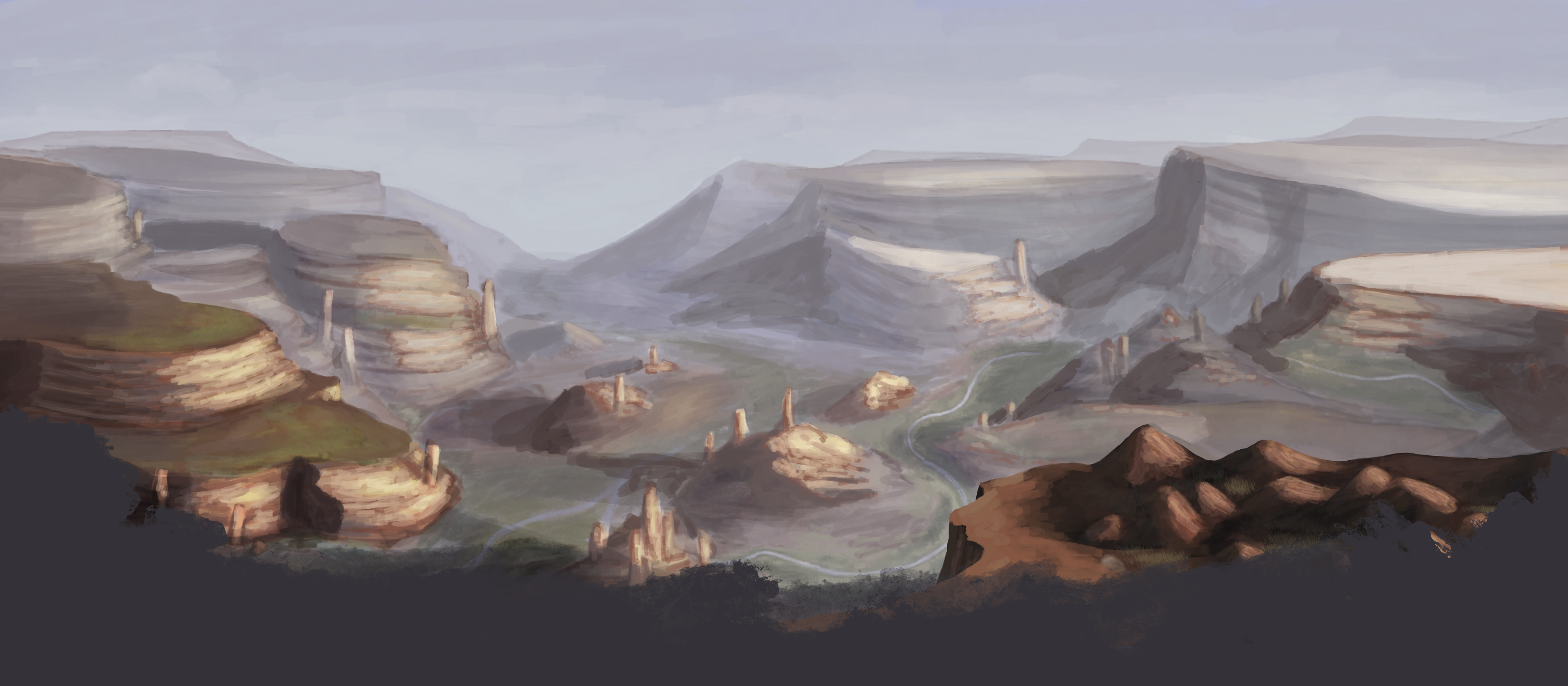Lurnt's Slare
Derived from the Merrani term "Slare," signifying "hunt," and intertwined with the venerable presence of Lurnt, the divine spirit of the hunt, this tradition is a homage to a remarkable quest undertaken in the name of the infamous hunter and his esteemed huntress. Together, they triumphed over a whale-like creature traversing the heavens—a legendary skybound leviathan believed by some to be an ancient, long-extinct breed of dragon.
This cherished event unfolds on the very day when the dragon was subdued by the huntress—marking the 21st day of the 5th month (Geimaend). This annual spectacle transpires in the vicinity of the Lake of Lurnt, nestled within the boundaries of the Sey nation. Here, a confluence of hunters converges, each eager to embark on a daunting challenge: to capture the grandest of beasts. As they venture forth, every participant carries a solitary item into the hunt. This extends to the personal choice of attire—whether to adorn garments or stride unencumbered by clothing. Yet, this facet of tradition has gradually waned under the rule of the Shesire Sovereignty, allowing for a more clothed participation.
Nevertheless, body modifications, if incapable of swift removal, have retained their place.
To amplify the fervor, participants contribute to a shared wager, an offering bestowed upon the victor if fate does not smile upon them. While this offering isn't bound by a rigid value, the allure typically rests in the form of precious gemstones and cherished heirlooms that emerge as tokens of the contest.
With the crack of dawn, the fervent pursuit commences, ending as the sun retreats beyond the horizon. Should the allotted hours elapse without a bountiful capture, the challenge persists until the initial triumphant return with a quarry.
Originally enshrined in the hearts of the Mirran people, this tradition has endured as a beloved festivity, remaining alive amongst the ranks of hunters within the Helman Council and the subsequent reign of the Shesire Sovereignty. Yet, in contemporary times, its participation has somewhat waned, a testament to the evolving currents of tradition and the tides of modernity.



Comments